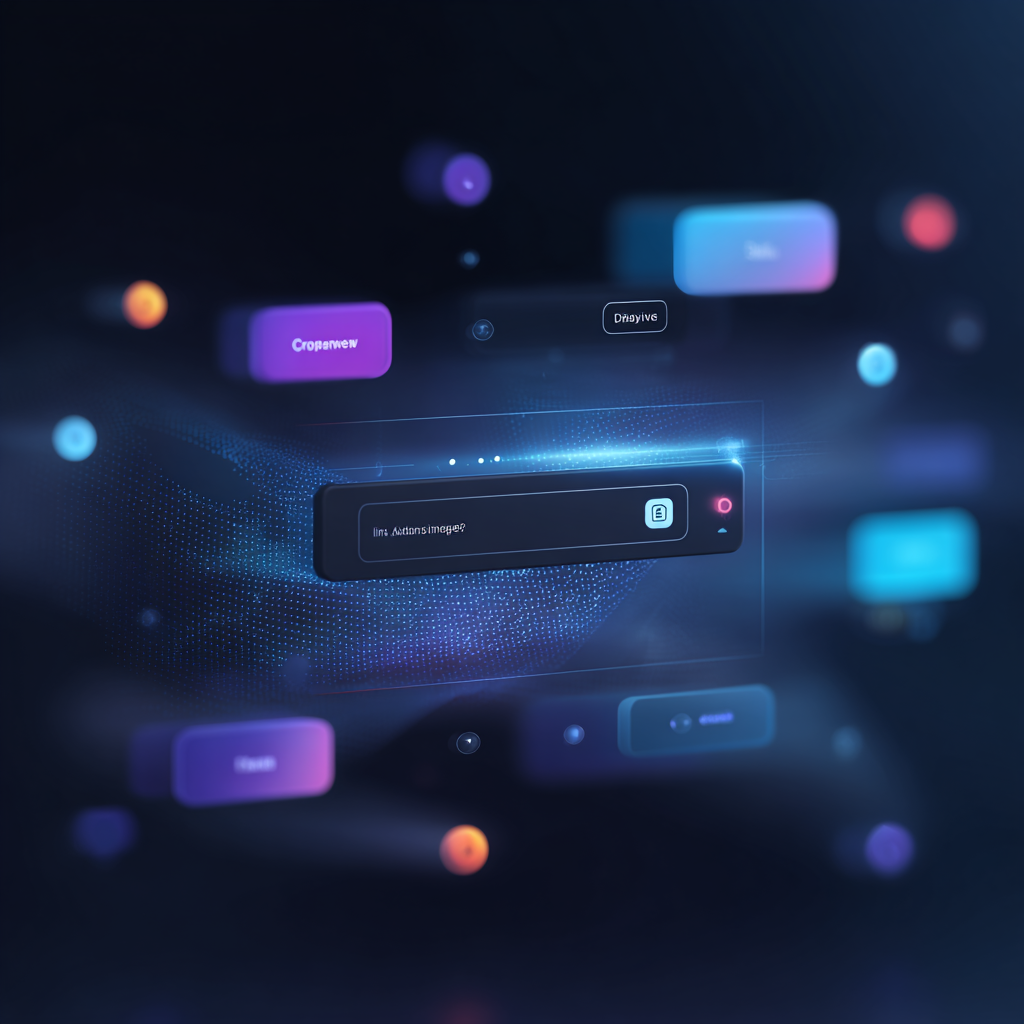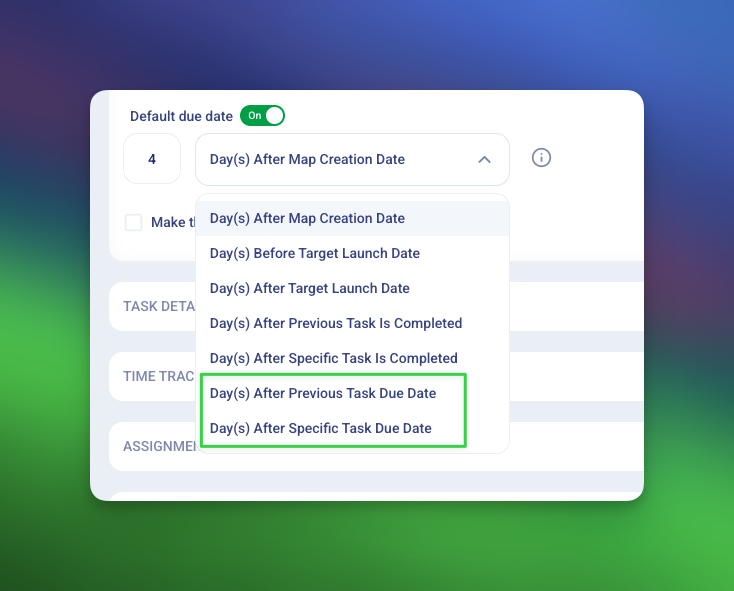Customer Onboarding Strategy: Defining Customer Onboarding

Defining Customer Onboarding
Strong customer relationships are hardly built on assumptions. Yet, making assumptions about what customers already know, understand, and expect is one of the easiest ways to get off on the wrong foot.
To avoid confusion, it helps to make clear what we’re talking about when we talk about “onboarding.” One of the most blurred lines we see in the Customer Success space is the line between Customer Onboarding, Company Onboarding, and User Onboarding.
Let’s start off by defining these terms and providing real-world examples of each:
Company Onboarding
Company Onboarding is when your client goes through the configuration, customization, and implementation process step-by-step. Typically, this happens immediately following the sale.
An Example of Company Onboarding: Customer Service Chatbot
A consumer goods eCommerce company purchases Drift’s chatbot to improve their customer service efficiency. After the contract is signed, sealed, and delivered, Drift will onboard the new company, including configuring any company settings and integration with their existing helpdesk.
User Onboarding
User Onboarding is when the users of the product (not necessarily those involved in the purchase decision) are trained on how best to leverage your product effectively. Ideally, this begins immediately following or at the end of the Company Onboarding phase.
An Example of User Onboarding: Customer Service Agents
Having taken the eComm company through the Company Onboarding phase, Drift now needs to train the customer’s Support Team to use the chatbot to handle customer inquiries. This can be done in many ways—video, train-the-trainer, or webinar.
Customer Onboarding
Customer Onboarding is the combined process of both the Company and User Onboarding phases. It’s a term that we use to refer to the broader onboarding phase of each customer relationship, one that can last days, weeks, or even months.
Who You’ll Be Working with Each Phase (and Their Mindset)
By and large, these two phases within the customer onboarding process are very different. But they’re certainly not mutually exclusive. Here’s what we mean.
Typically, when you’re onboarding a new company (Company Onboarding), you’re dealing with a group of stakeholders who have just made a purchase decision. In the B2B SaaS world, you’re usually working with a manager/director or above. In most cases, they (or their managers) have just been sold. Which means:
- Egos and job security are on the line. Stakeholders with a hand in a purchase decision will be very keen on proving that they helped make the right decision for their company (and their bosses).
- Buyer’s remorse is lurking. Humans are naturally programmed to have buyer’s remorse. At this point, your contacts are very sensitive to any part of onboarding that might signal a bumpy road ahead.
It’s a critical point in the customer relationship, sure. Not to worry: an organized, transparent process can make your new customers look like heros.
Contrast and compare that with User Onboarding, where you’re likely working with individual contributors that are busy. They have a current process they’re used to following. And we all know change management can be the hardest hurdle to overcome. Not to mention, they might have had no say at all in what product or vendor was ultimately purchased.
For this group, especially, it’s you, the vendor, that has something to prove. Not to worry, however. Provide demonstrable value by making this group more efficient and you’re in.
Bringing it Together for Cohesive Onboarding Across the Board
Let’s not forget that the people involved in each phase of onboarding are part of the same company. They work together, cross paths, and collaborate. It’s no surprise that Company and User Onboarding overlap, despite the clear difference between the two.
If we marry these two processes together under a broader Customer Onboarding model, here’s what we can accomplish:
- Gain an understanding of what’s important to the Company, Management, and the end user.
- Get the product efficiently configured, customized, and integrated.
- Help the company, management, and users all achieve their goals.
A vendor or service provider that’s able to accomplish all of this creates tremendous value for their customers. To get there means not only looking at which side of Company or User Onboarding certain tools or processes fall on, but to understand how each of those tools and processes can work together in the larger idea of Customer Onboarding.





.png)


